Continuous Integration (CI) is a practice of merging all developers' work several times a day. It's important to note that this practice is better achieved when following workflows different from pull request ones; opening multiple pull requests can slow down the development process and also create the famous "merging hell".
Set up a continuous integration using Jenkins and Github is pretty easy. In this example, we'll be triggering a Jenkins job as soon as we push new changes to the repository. To obtain all benefits of CI, it's highly recommended that the project implements Unit Tests and/or Integration Tests (TDD) so that every time we push new changes, the CI server will compile, analyze code quality, and execute the tests.
Source Code
The source code for this tutorial can be found at
https://github.com/metiago/starter-ci. It's a Vert.x API that contains some unit tests and integration tests to represent a real scenario when developing applications that will be integrated into CI. Note that the pom.xml contains important configuration to handle unit tests and integration tests in different folders.
Jenkins Server
Before spinning up our Jenkins server, we have to create some SSH keys, which will be used in Jenkins to pull our repository code.
Open a terminal and create a folder called jenkins-server. In this folder, generate the SSH keys by typing:
ssh-keygen -t rsa -b 4096 -C "myemail@mycompany.com"
In the same folder, create a file called Vagrantfile with the content below:
# -*- mode: ruby -*-
# vi: set ft=ruby :
# $script = <<-SCRIPT
# echo 'My Custom Script...'
# SCRIPT
# All Vagrant configuration is done below. The "2" in Vagrant.configure
# configures the configuration version (we support older styles for
# backwards compatibility). Please don't change it unless you know what
# you're doing.
Vagrant.configure("2") do |config|
# The most common configuration options are documented and commented below.
# For a complete reference, please see the online documentation at
# https://docs.vagrantup.com.
# Every Vagrant development environment requires a box. You can search for
# boxes at https://atlas.hashicorp.com/search.
config.vm.box = "hashicorp/bionic64"
# config.vm.box_version = "20170922.0.0"
# config.vm.provision "shell", inline: $script
# config.vm.provision :shell, :inline => "/home/vagrant/gogs/gogs web &", :run => 'always', privileged: false
config.vm.provision "file", source: "id_rsa", destination: ".ssh/id_rsa"
config.vm.provision "file", source: "id_rsa.pub", destination: ".ssh/id_rsa.pub"
config.trigger.after :up do |trigger|
trigger.name = "Starting Gogs"
# trigger.run_remote = {inline: "export PATH:$PATH:/home/vagrant/gogs"}
trigger.run_remote = {inline: "/home/vagrant/gogs/gogs web"}
end
config.vm.network "forwarded_port", guest: 8080, host: 8085
config.vm.network "forwarded_port", guest: 3000, host: 3000
# config.vm.network "private_network", ip: "192.168.33.10"
# config.vm.network "public_network", ip: "192.168.33.17"
config.vm.network "private_network", ip: "192.168.50.4"
config.vm.provider "virtualbox" do |v|
v.memory = 4096
v.cpus = 2
end
# Enable provisioning with a shell script. Additional provisioners such as
# Puppet, Chef, Ansible, Salt, and Docker are also available. Please see the
# documentation for more information about their specific syntax and use.
config.vm.provision "shell", inline: <<-SHELL
# Install kubectl
curl -LO https://storage.googleapis.com/kubernetes-release/release/`curl -s https://storage.googleapis.com/kubernetes-release/release/stable.txt`/bin/linux/amd64/kubectl
chmod +x ./kubectl
sudo mv ./kubectl /usr/local/bin/kubectl
kubectl version -o json
# Create Python Env
apt-get install -y python3-venv
sudo apt-get install -y python3-pip
python3 -m venv venv
source venv/bin/activate
# Install OpenJDK Java JDK and Maven
add-apt-repository ppa:openjdk-r/ppa
apt-get -y update
apt-get install -y openjdk-8-jdk
apt-get install -y maven
# Install Docker
apt-get install -y docker.io
# Install Docker Compose
curl -s -L https://github.com/docker/compose/releases/download/1.10.0/docker-compose-`uname -s`-`uname -m` > /usr/local/bin/docker-compose
chmod +x /usr/local/bin/docker-compose
# Install Jenkins
wget -q -O - https://pkg.jenkins.io/debian-stable/jenkins.io.key | sudo apt-key add -
apt-add-repository "deb http://pkg.jenkins-ci.org/debian binary/"
apt-get -y update
apt install -y jenkins
# Echo the Jenkins security key that is required upon initialization
printf "\n\nJENKINS KEY\n*********************************"
# Add the Jenkins user to the Docker group
usermod -aG docker jenkins
# Wait until the initialAdminPassword file is generated via Jenkins startup
while [ ! -f /var/lib/jenkins/secrets/initialAdminPassword ]
do
sleep 2
done
cat /var/lib/jenkins/secrets/initialAdminPassword
printf "*********************************"
usermod -aG docker $USER
newgrp docker
# restart the Jenkins service so that the usermod command above takes effect
service jenkins restart
chmod -R 777 /home/vagrant/gogs
chown -R vagrant /home/vagrant/gogs
SHELL
end
Once we have this file, we can start our Jenkins server by typing:
vagrant up
At this point, we're able to access Jenkins at http://localhost:8085/.
After its auto-installation of plugins, we have to install Git Integration. This plugin enables smooth integration with Git projects.

Then, you should create Jenkins credentials to access GitHub via SSH. In this page, copy your private key and paste it in the key area.
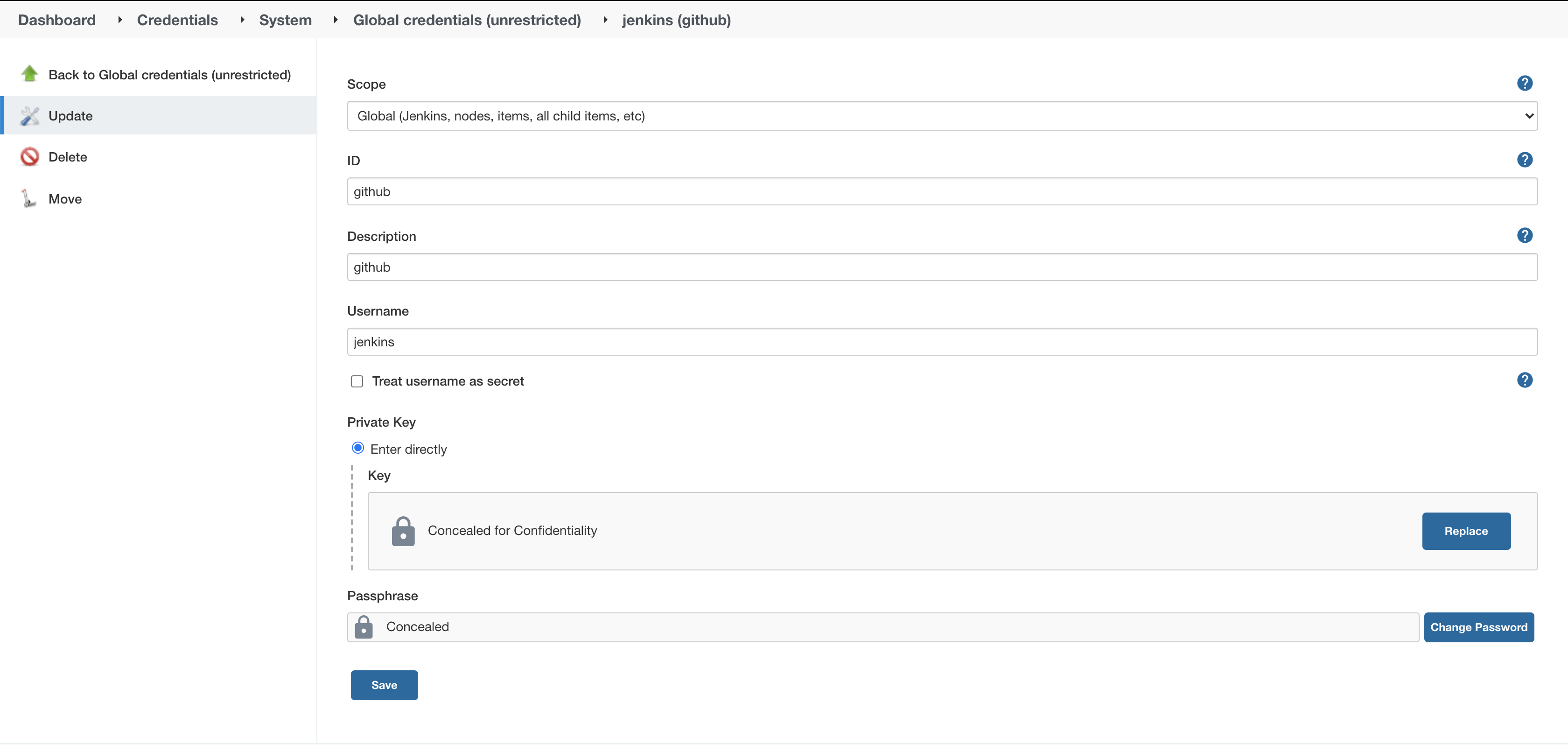
After that, we should create a public key in GitHub. To do that, copy the public key value and paste it in your GitHub SSH configuration.
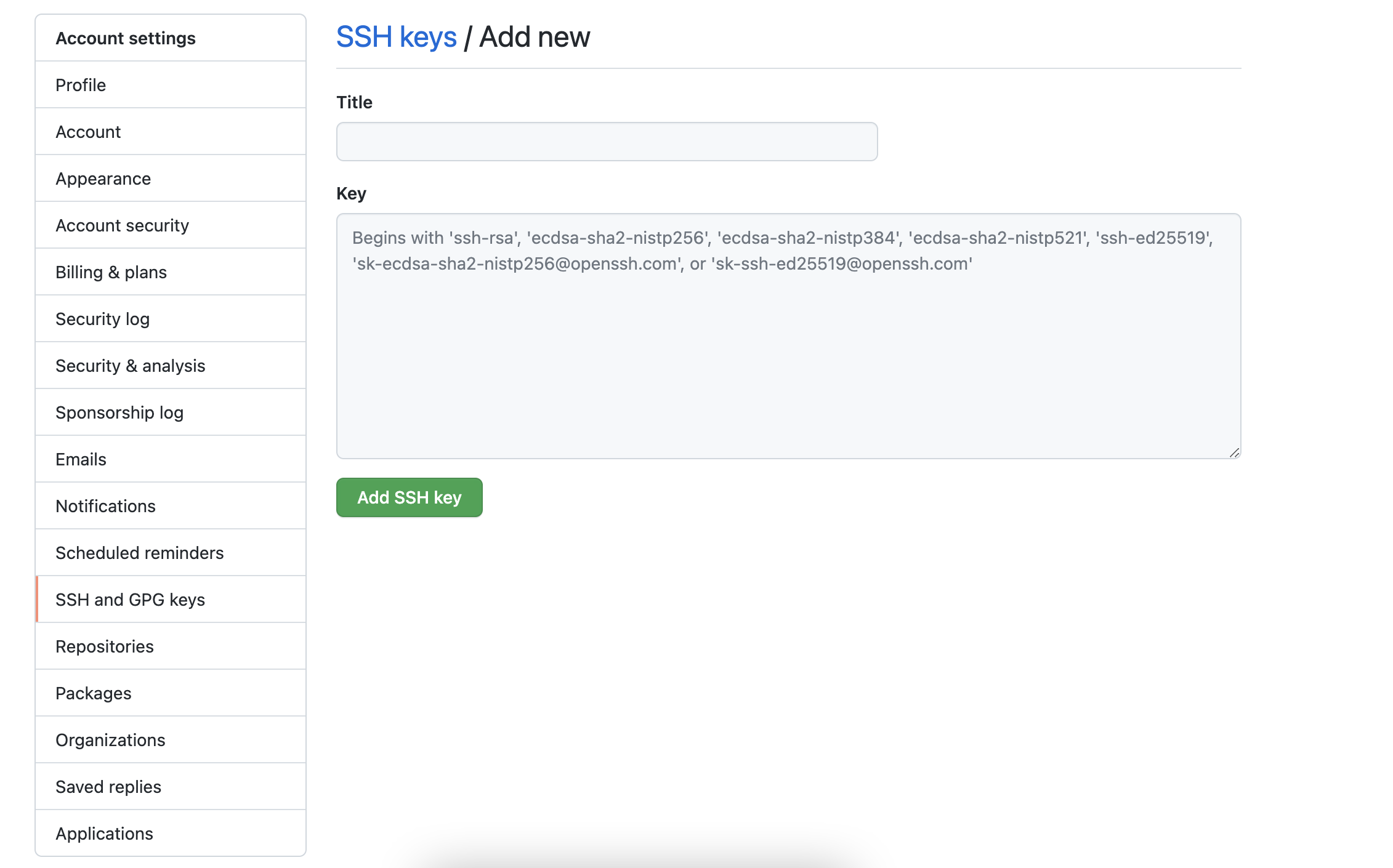
In order to be able to trigger Jenkins' jobs, we should generate a Jenkins token.

Copy this token, access the repository settings, and configure it with the following parameters. Add the token by clicking the "Change Secret" link.
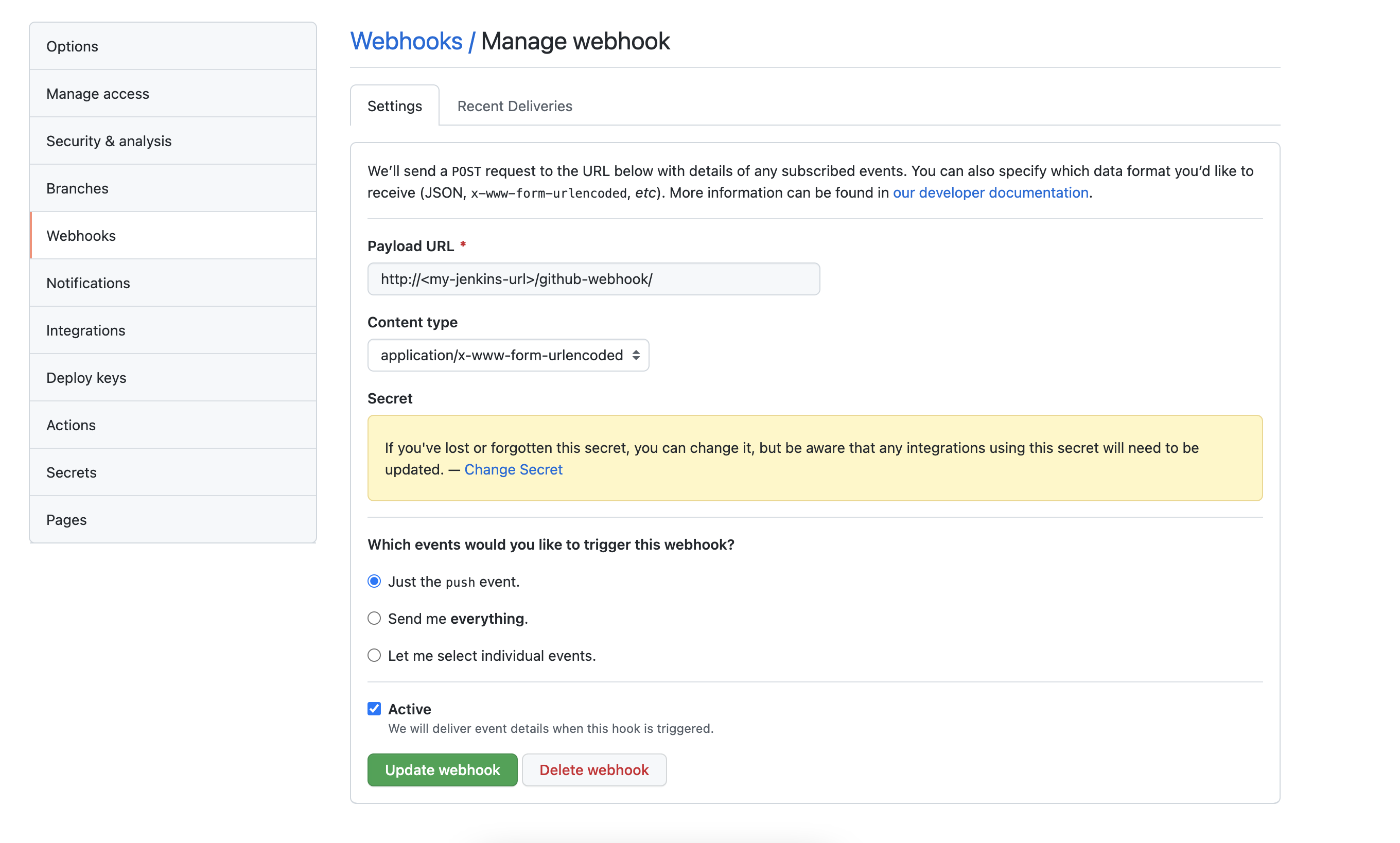
Next step, create a job and set the SCM.
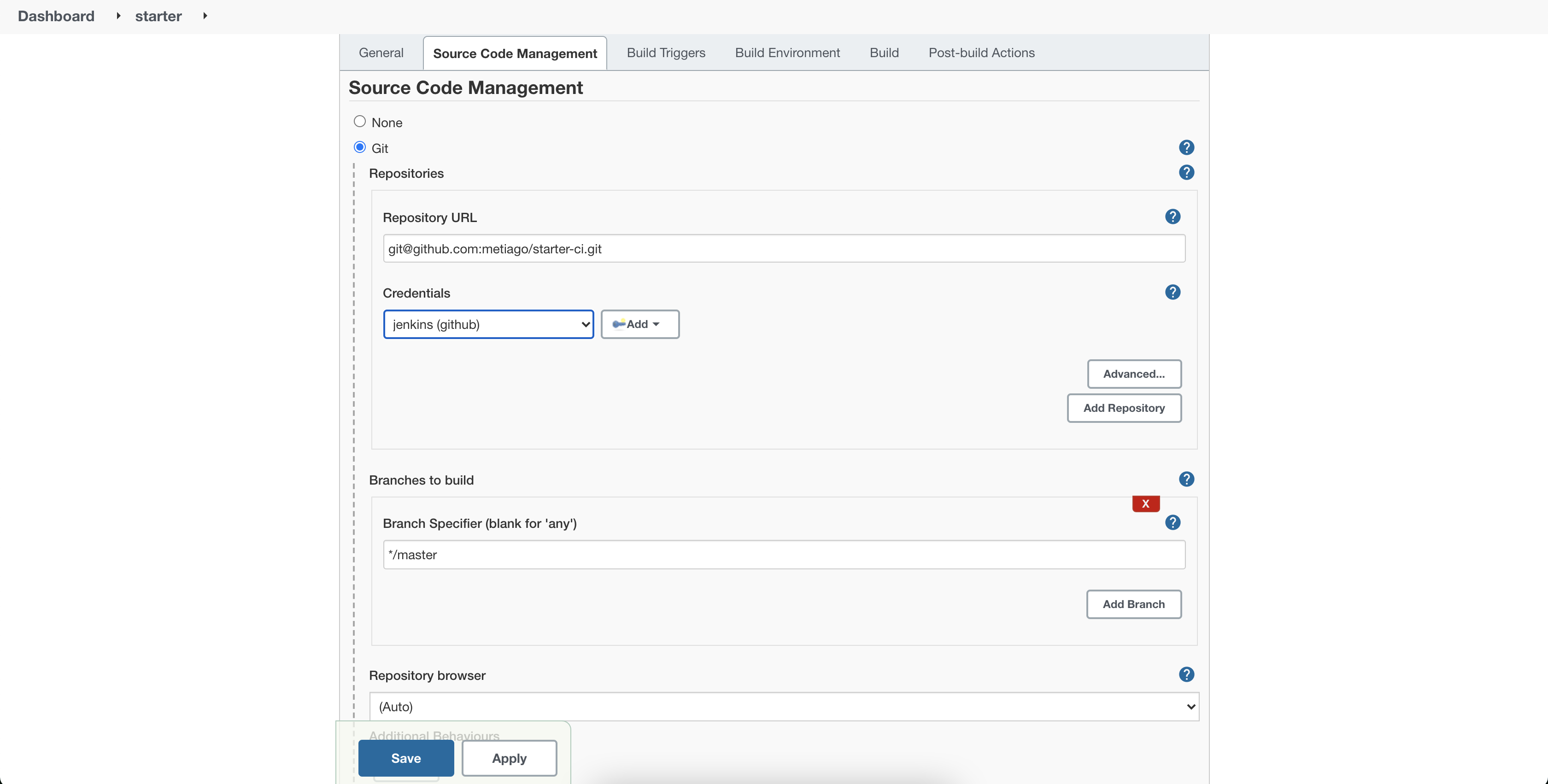
And then, configure the Build Triggers.

Finally, we're going to configure our build section, adding the script that will spin up a Redis database for integration tests and also the Maven goal which compiles the source code, executes unit tests and integration tests, and lastly reports code quality on SonarQube.
docker-compose up -d
starting=true
until $starting
do
sleep 2
if curl -s http://localhost:8001/health | "OK"; then
starting = false
fi
done
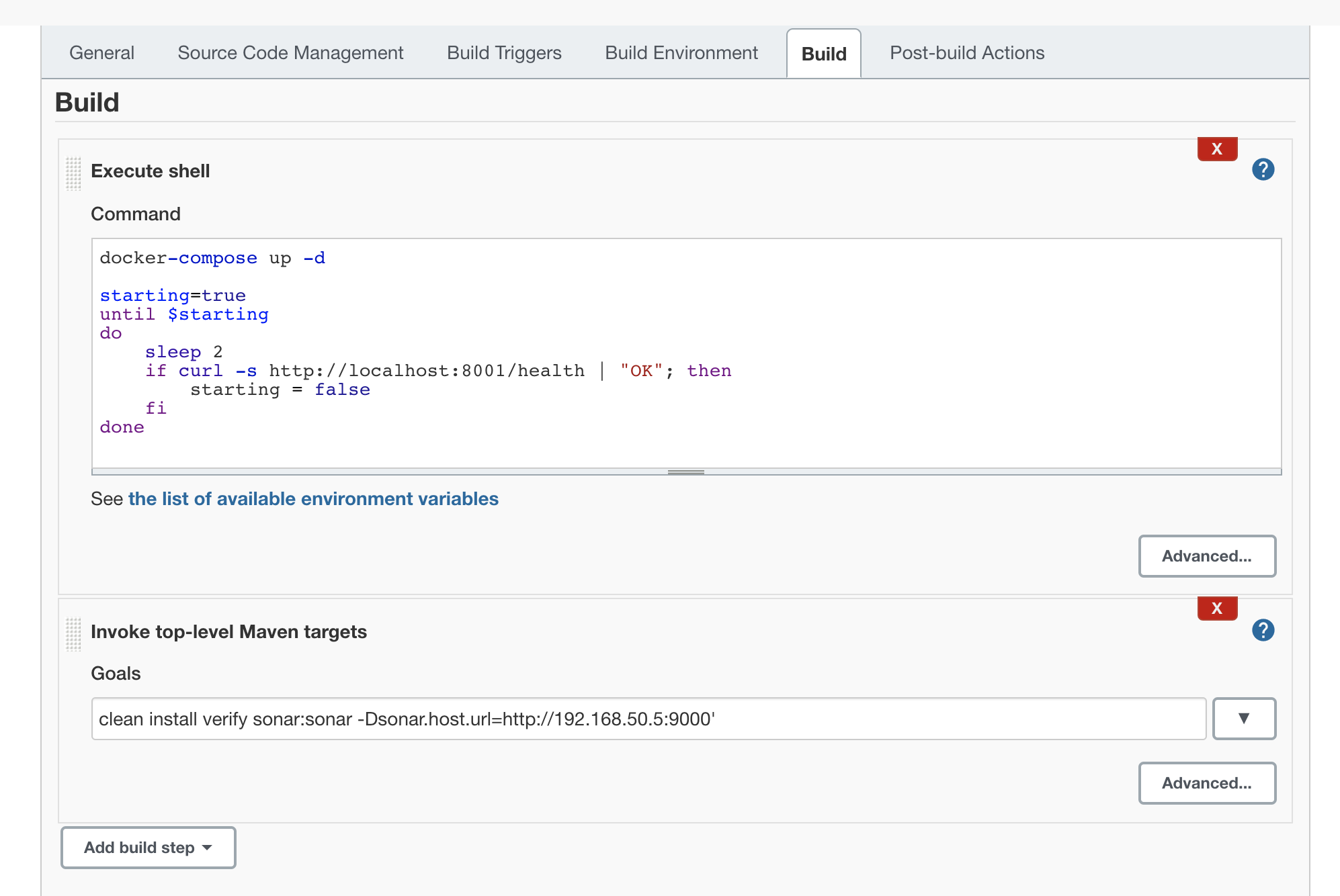
Before testing our integration, first, we have to run our SonarQube server.
SonarQube
SonarQube is a tool that performs inspection of code quality by automatically reviewing code with static analysis to detect bugs, code smells, and security vulnerabilities.
Create a folder called sonar-qube and then put into it a file called Vagrantfile with the content below.
# -*- mode: ruby -*-
# vi: set ft=ruby :
# $script = <<-SCRIPT
# echo 'My Custom Script...'
# SCRIPT
# All Vagrant configuration is done below. The "2" in Vagrant.configure
# configures the configuration version (we support older styles for
# backwards compatibility). Please don't change it unless you know what
# you're doing.
Vagrant.configure("2") do |config|
# The most common configuration options are documented and commented below.
# For a complete reference, please see the online documentation at
# https://docs.vagrantup
.com.
# Every Vagrant development environment requires a box. You can search for
# boxes at https://atlas.hashicorp.com/search.
config.vm.box = "hashicorp/bionic64"
# config.vm.box_version = "20170922.0.0"
# config.vm.provision "shell", inline: $script
config.trigger.after :up do |trigger|
trigger.name = "Starting SonarQube"
trigger.run_remote = {inline: "./sonarqube-6.1/bin/linux-x86-64/sonar.sh start"}
end
config.vm.network "forwarded_port", guest: 9000, host: 9000
# config.vm.network "public_network", ip: "192.168.33.18"
config.vm.network "private_network", ip: "192.168.50.5"
config.vm.provider "virtualbox" do |v|
v.memory = 4096
end
# Enable provisioning with a shell script. Additional provisioners such as
# Puppet, Chef, Ansible, Salt, and Docker are also available. Please see the
# documentation for more information about their specific syntax and use.
config.vm.provision "shell", inline: <<-SHELL
apt-get update
sudo apt-get install -y unzip
# Install OpenJDK Java JDK and Maven
# Install OpenJDK Java JDK and Maven
add-apt-repository ppa:openjdk-r/ppa
apt-get -y update
apt-get install -y openjdk-8-jdk
apt-get install -y maven
# Install Sonar
wget https://binaries.sonarsource.com/Distribution/sonarqube/sonarqube-6.1.zip
unzip sonarqube-6.1.zip
chmod -R 777 sonarqube-6.1/
chown -R vagrant sonarqube-6.1/
SHELL
end
Run the server by typing the command below.
vagrant up
At this point, we're able to test our continuous integration by making some changes in the code and pushing it. You'll see that once GitHub receives the push, Jenkins starts the job automatically.
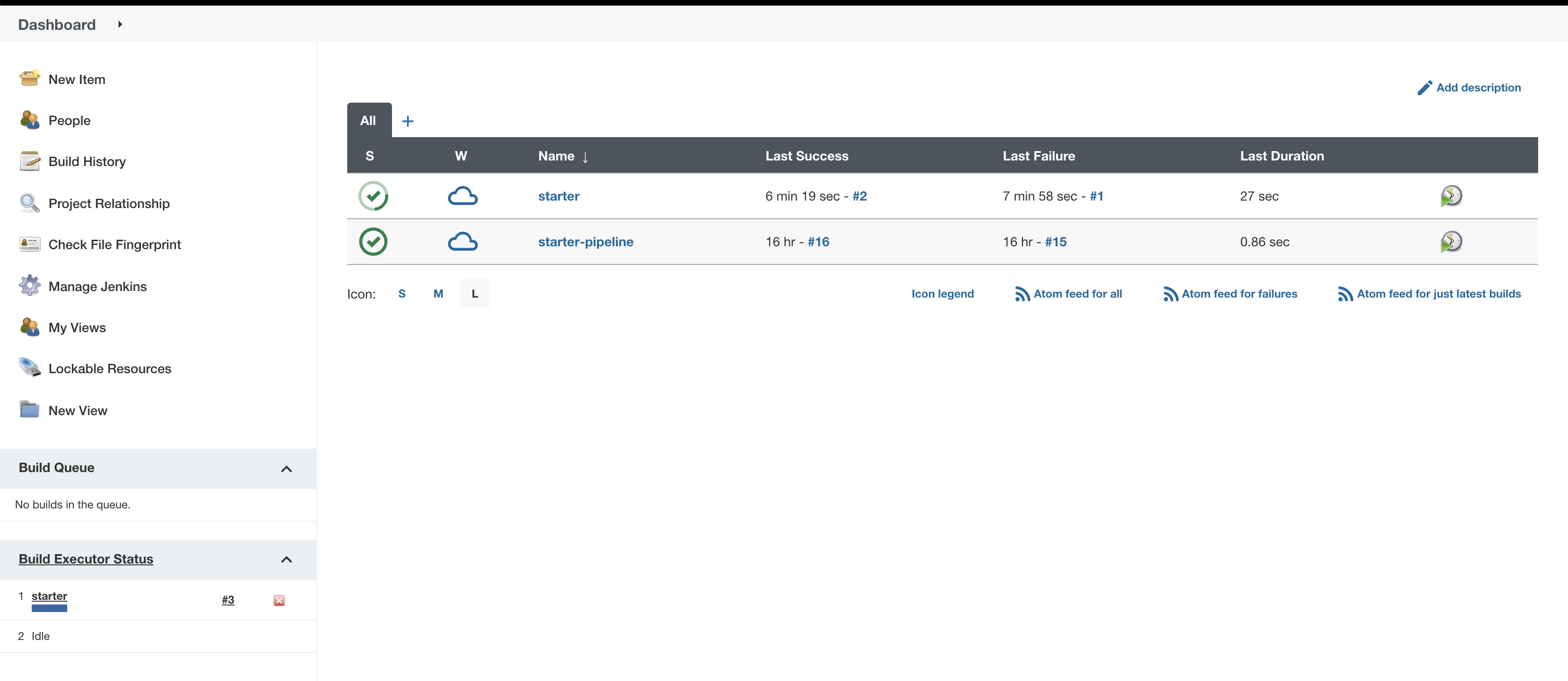
After the build, we're able to see the code quality analysis on SonarQube.
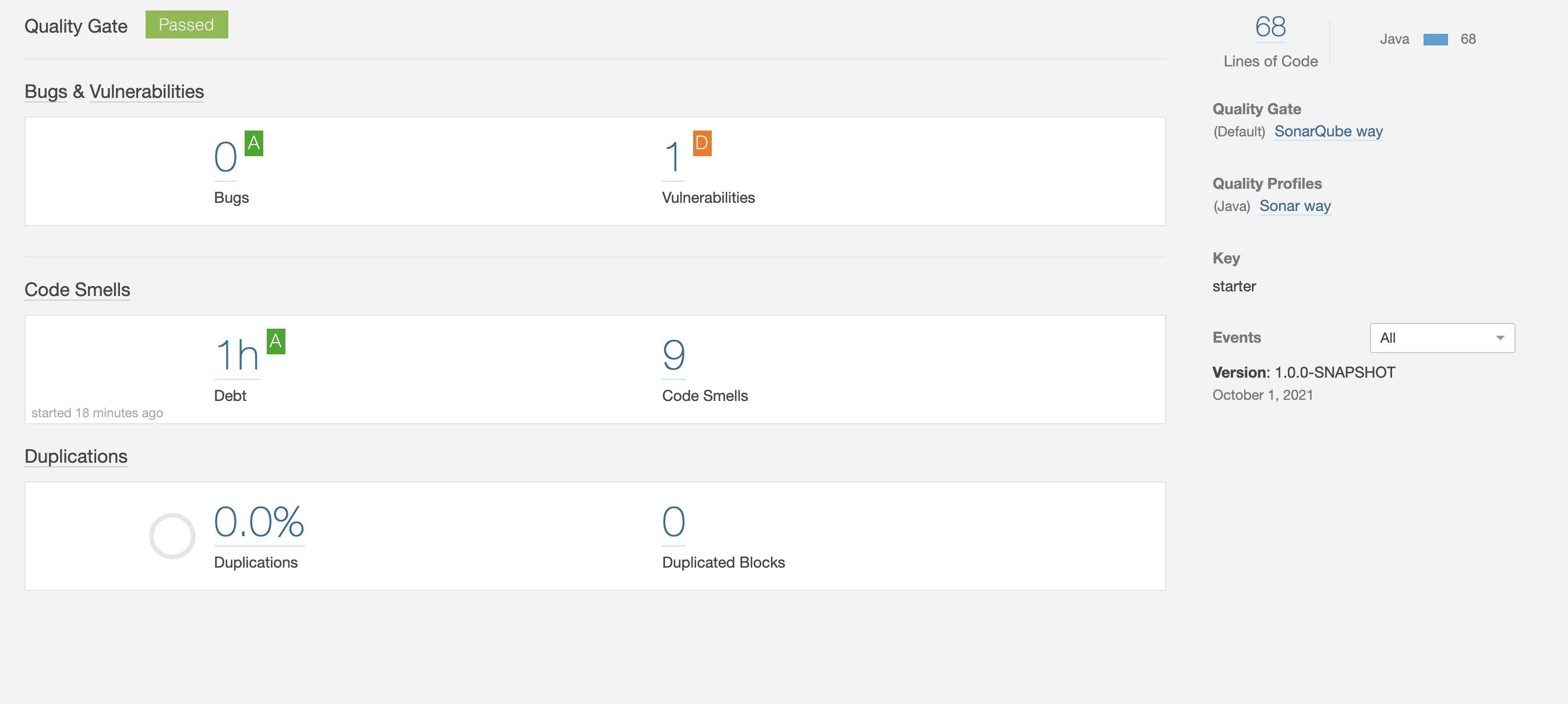
That's how we can configure a simple CI server using Jenkins. Jenkins is a powerful and flexible tool to handle CI and CD, and it has many configuration options that you can explore to go from simple to complex pipelines to automate the software development processes.